In the world of aviation, efficiency, safety, and speed are paramount. One of the most critical aspects of airport ground operations is aircraft refueling, a process that ensures planes are adequately fueled for their flights. At the heart of this essential task is the airport fuel truck, a specialized vehicle designed to transport, store, and deliver aviation fuel directly to aircraft on the tarmac. Despite their often understated presence, airport fuel trucks play a vital role in keeping the aviation industry in motion.
Introduction to Airport Fuel Trucks
An airport fuel truck, also known as an aircraft refueler or aviation fuel tanker, is a vehicle specifically engineered to supply fuel to airplanes. These trucks operate within the secure confines of an airport, where they move between fuel storage facilities and parked aircraft. Their primary task is to refuel aircraft quickly, safely, and efficiently to ensure timely departures and optimal flight performance.
Unlike conventional fuel trucks used on roads, airport fuel trucks must meet stringent safety standards due to the volatile nature of jet fuel and the sensitive environment in which they operate. Their design, equipment, and operation procedures are governed by national aviation authorities and international standards.
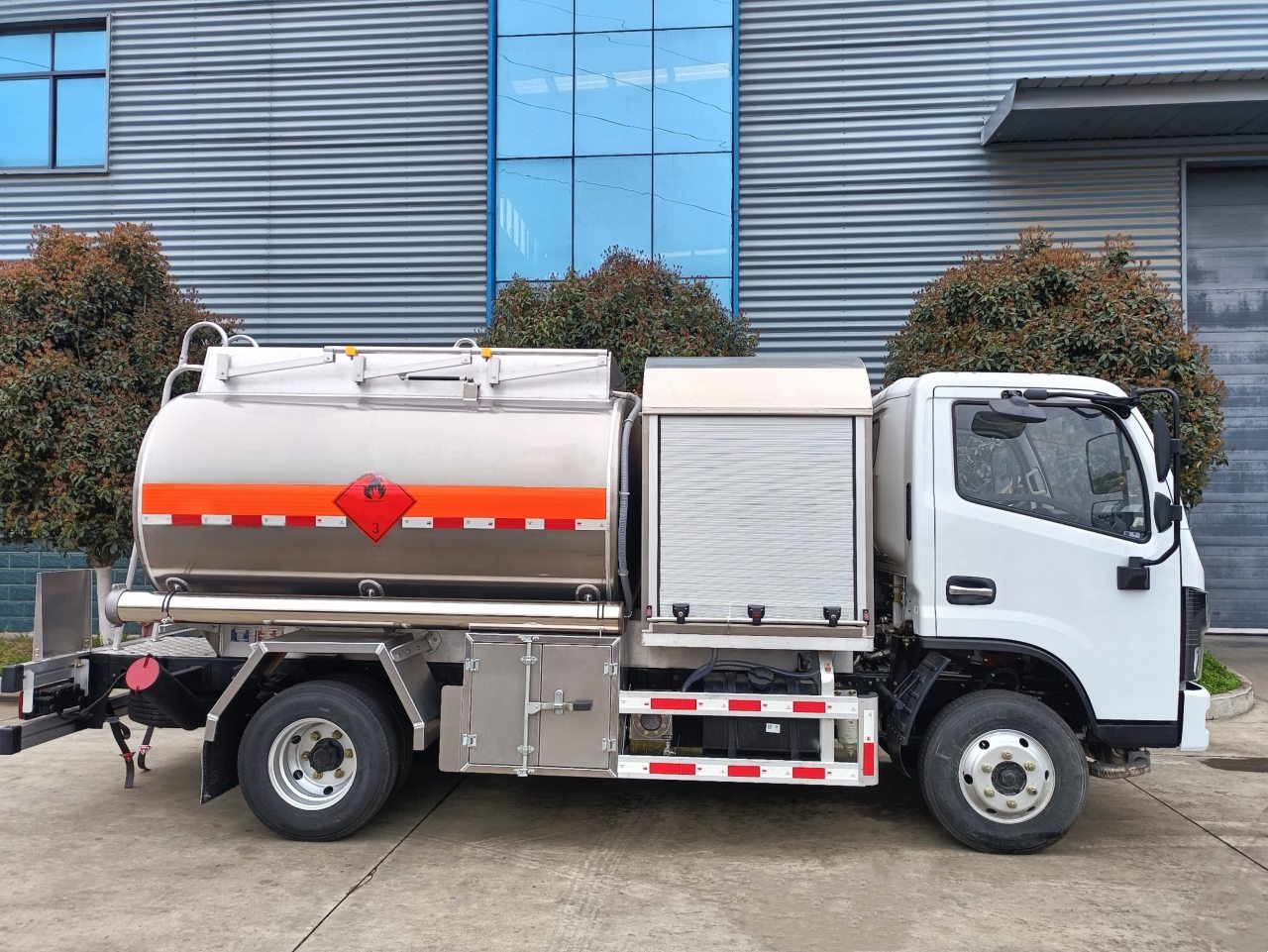
Types of Airport Fuel Trucks
Airport fuel trucks come in different types, depending on the refueling method and fuel distribution system:
1. Tank Refuelers
These are self-contained trucks equipped with large onboard fuel tanks and pumping systems. They carry aviation fuel from storage depots to aircraft and refuel planes directly. The fuel capacity of tank refuelers typically ranges from 5,000 to 10,000 gallons (approximately 19,000 to 38,000 liters).
Tank refuelers are ideal for smaller airports or for situations where underground hydrant systems are unavailable. They are commonly used for servicing narrow-body aircraft, general aviation, and military planes.
2. Hydrant Dispensers
Hydrant dispensers do not carry fuel onboard. Instead, they connect to an underground hydrant fuel system installed across the airport apron. The truck houses a pumping system, filtration unit, and hose reel system that connects to the hydrant and the aircraft.
Hydrant dispensers are typically used at large international airports where fuel is delivered through an underground pipeline network, allowing for faster and more scalable fueling operations.
Components and Features
Modern airport fuel trucks are equipped with advanced systems and safety mechanisms to ensure reliable operation. Key components include:
- Fuel Tank (for tank refuelers): Made of stainless steel or aluminum, with multiple compartments and anti-surge baffles.
- Pump and Metering System: Allows precise control of fuel flow rate, pressure, and total volume delivered.
- Filtration System: Removes water, sediments, and other impurities from the fuel before it enters the aircraft.
- Hose Reels and Nozzles: Equipped with static grounding and bonding cables to prevent static discharge.
- Flow Meters and Control Panels: Provide real-time data on fuel volume, pressure, and system status.
- Fire Suppression and Emergency Shutoff: Built-in safety systems for quick response in case of fire or fuel leakage.
- Cabin Controls: The driver/operator can monitor and control refueling operations from the truck’s cabin or a separate control panel.
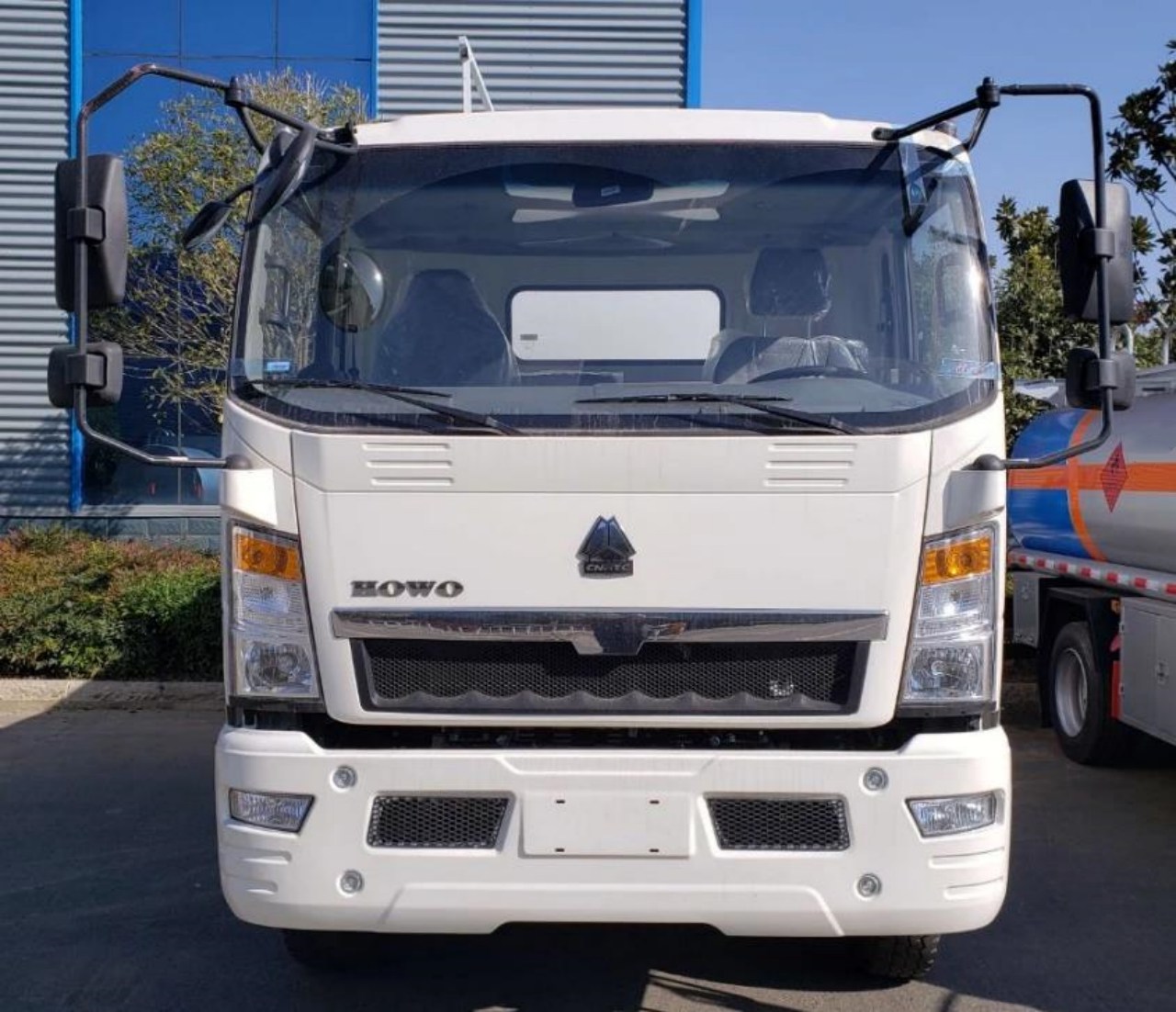
Fuel Types Delivered by Airport Fuel Trucks
The primary fuel types handled by airport fuel trucks include:
- Jet A and Jet A-1: Kerosene-based fuels used by most commercial jet aircraft.
- AvGas (Aviation Gasoline): A high-octane gasoline used primarily in smaller piston-engine aircraft.
- JP-8 or Military-Grade Fuels: Used by military aircraft and support operations.
Fuel handling procedures must comply with strict quality assurance protocols to prevent contamination, which could compromise aircraft safety.
Operational Procedures
Refueling an aircraft is a carefully coordinated process involving multiple steps:
- Positioning: The fuel truck is driven alongside the aircraft, ensuring ample clearance and access to fuel ports.
- Grounding and Bonding: Static electricity is a major hazard; thus, the truck is grounded, and bonding cables are attached to both the truck and the aircraft.
- Pre-Check: Fuel quality is verified, and system checks are completed to ensure the pump and filtration systems are functioning properly.
- Refueling: Fuel is pumped through the hose and nozzle into the aircraft’s fuel tanks. Flow meters ensure accurate measurement.
- Post-Refueling Check: The system is shut down, hoses are retracted, and the aircraft’s fuel levels are verified.
- Documentation: Fuel volumes, batch numbers, and quality certificates are recorded for compliance and billing.
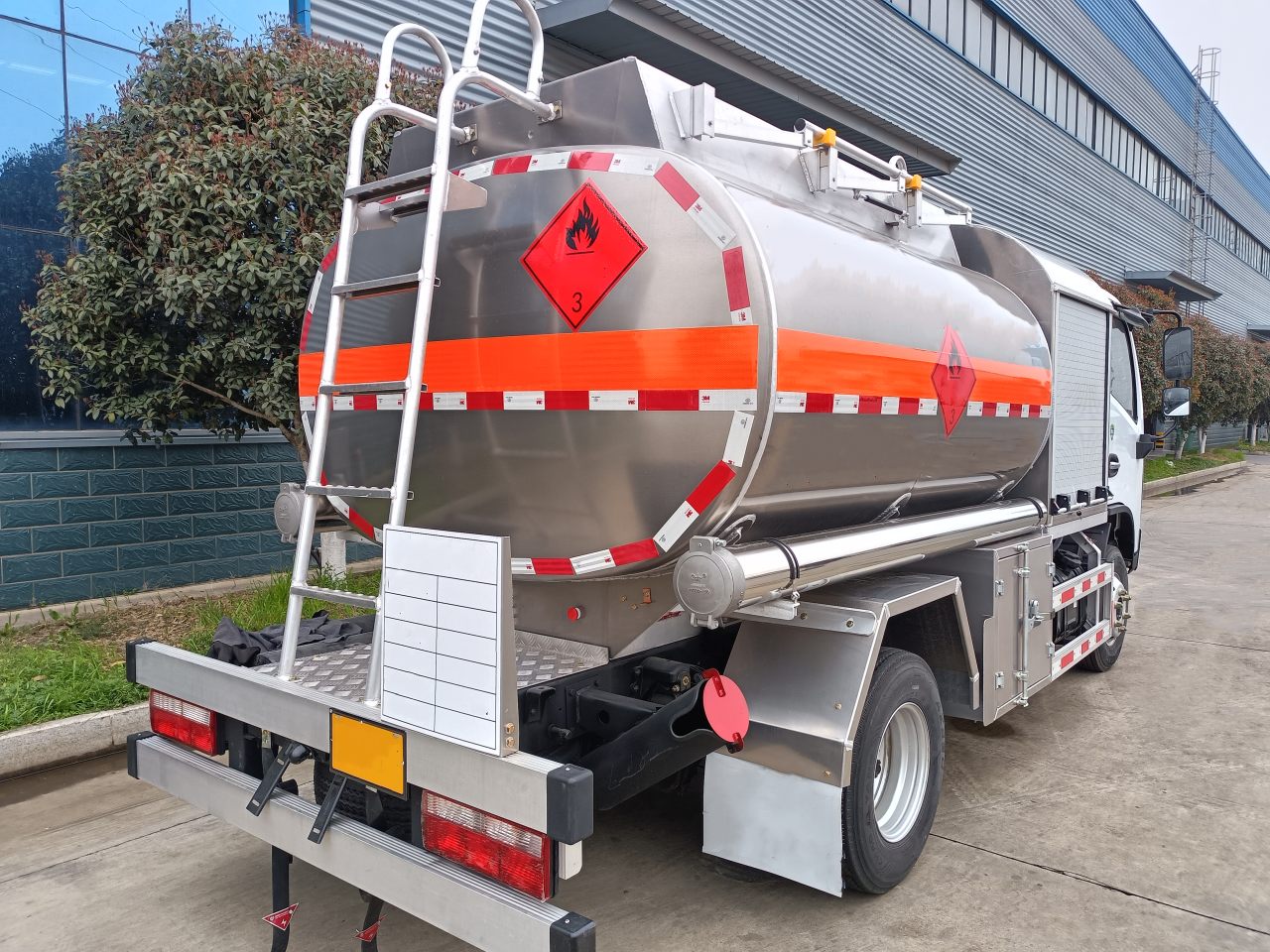
Safety and Environmental Considerations
Airport fuel trucks operate under tight safety regulations:
- Explosion-Proof Equipment: Electrical systems are designed to prevent sparks.
- Fire Extinguishing Systems: Trucks carry onboard fire suppression systems.
- Spill Containment: Trucks are designed to contain spills and have emergency spill kits on board.
- Operator Training: Drivers and refueling technicians undergo specialized training in fuel handling, emergency procedures, and airport traffic rules.
Additionally, airports are moving toward greener refueling operations. This includes the use of electric or hybrid fuel trucks, sustainable aviation fuels (SAFs), and automated refueling systems that minimize fuel loss and emissions.
Advantages of Using Fuel Trucks
- Mobility: Can reach aircraft parked in remote or isolated apron areas.
- Flexibility: Serve different aircraft types, from small jets to large commercial airliners.
- Independence from Infrastructure: Do not rely on hydrant systems, making them essential at smaller or regional airports.
- Fast Turnaround: Enable efficient refueling that supports rapid aircraft turnaround and improved flight schedules.
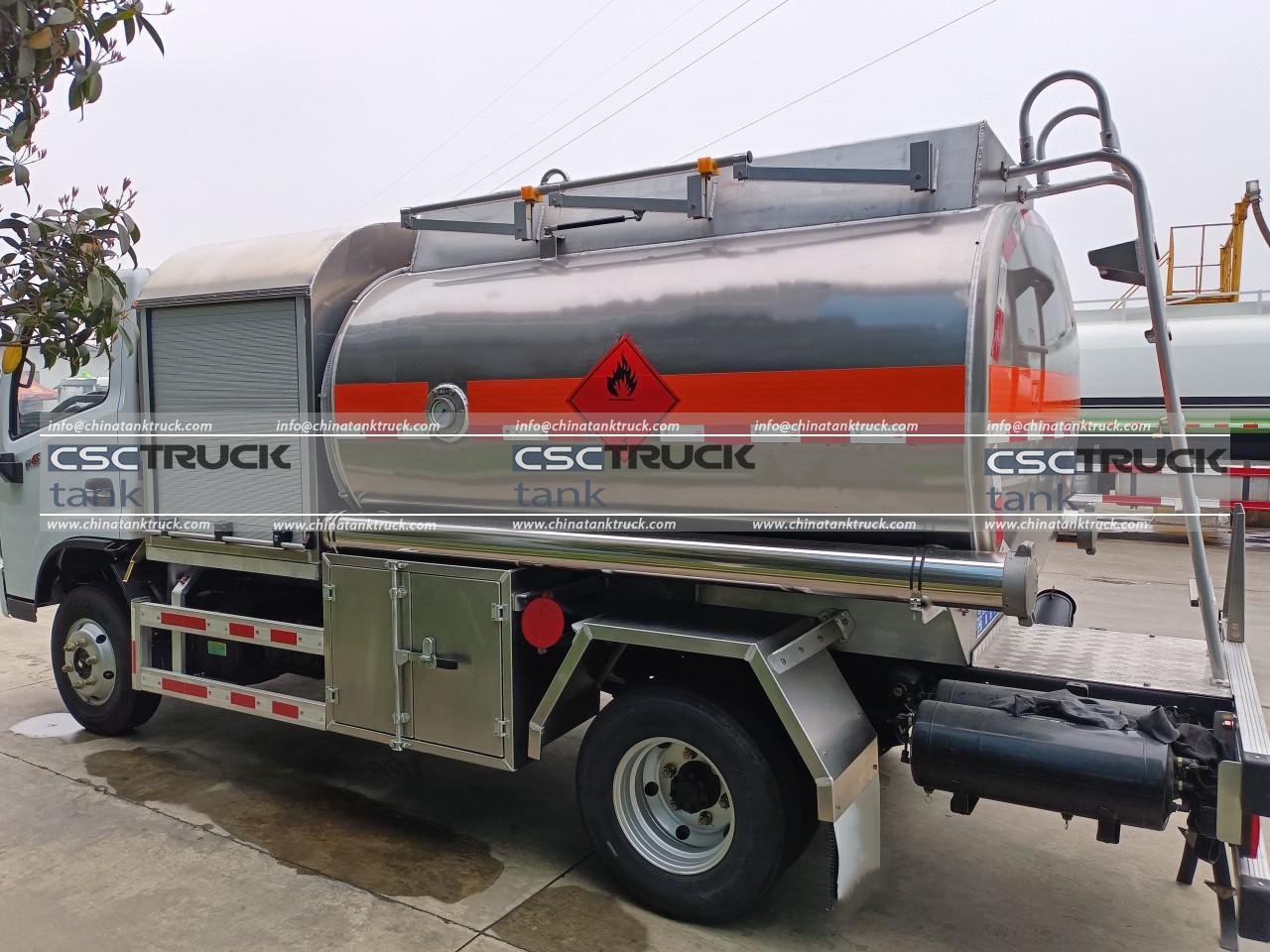
Challenges and Limitations
While indispensable, airport fuel trucks also face several challenges:
- Limited Fuel Capacity: Compared to underground hydrant systems, they need frequent refilling, especially at busy airports.
- Traffic and Coordination: Must navigate complex airport layouts while coordinating with airside ground teams.
- Maintenance: Requires regular inspection and servicing to comply with aviation fuel handling standards.
- Weather Impact: Cold or wet weather can complicate refueling operations and fuel quality management.
The Future of Airport Fuel Trucks
Technological advancements and environmental concerns are shaping the future of airport refueling. The next generation of fuel trucks may feature:
- Autonomous Driving Capabilities: Enhancing safety and reducing human error.
- Remote-Controlled Refueling Systems: Allowing operators to manage the process from a safe distance.
- Integration with Airport IT Systems: Real-time tracking of fuel levels, truck locations, and scheduling via centralized control systems.
- Sustainable Fuel Support: Equipment adapted for alternative fuels like bio-jet and hydrogen.
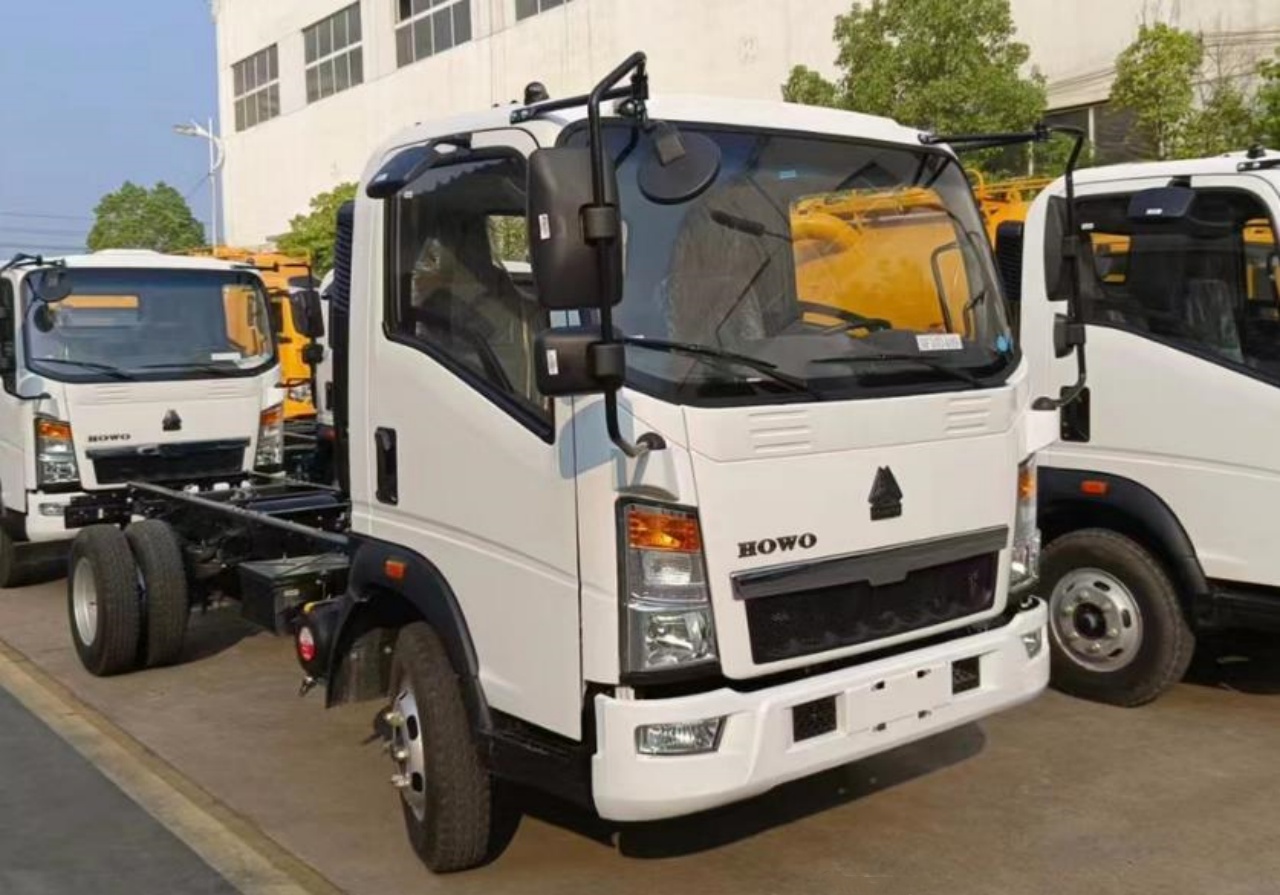
Conclusion
Airport fuel trucks are the unsung heroes of aviation ground operations. Without them, the intricate web of global air travel would grind to a halt. These specialized vehicles ensure that aircraft are properly fueled, safely and efficiently, meeting the exacting standards of the aviation industry. As airports evolve and sustainability becomes a priority, the role of the airport fuel truck is also transforming, embracing cleaner technologies, smarter systems, and more resilient designs to keep planes flying and passengers moving.

